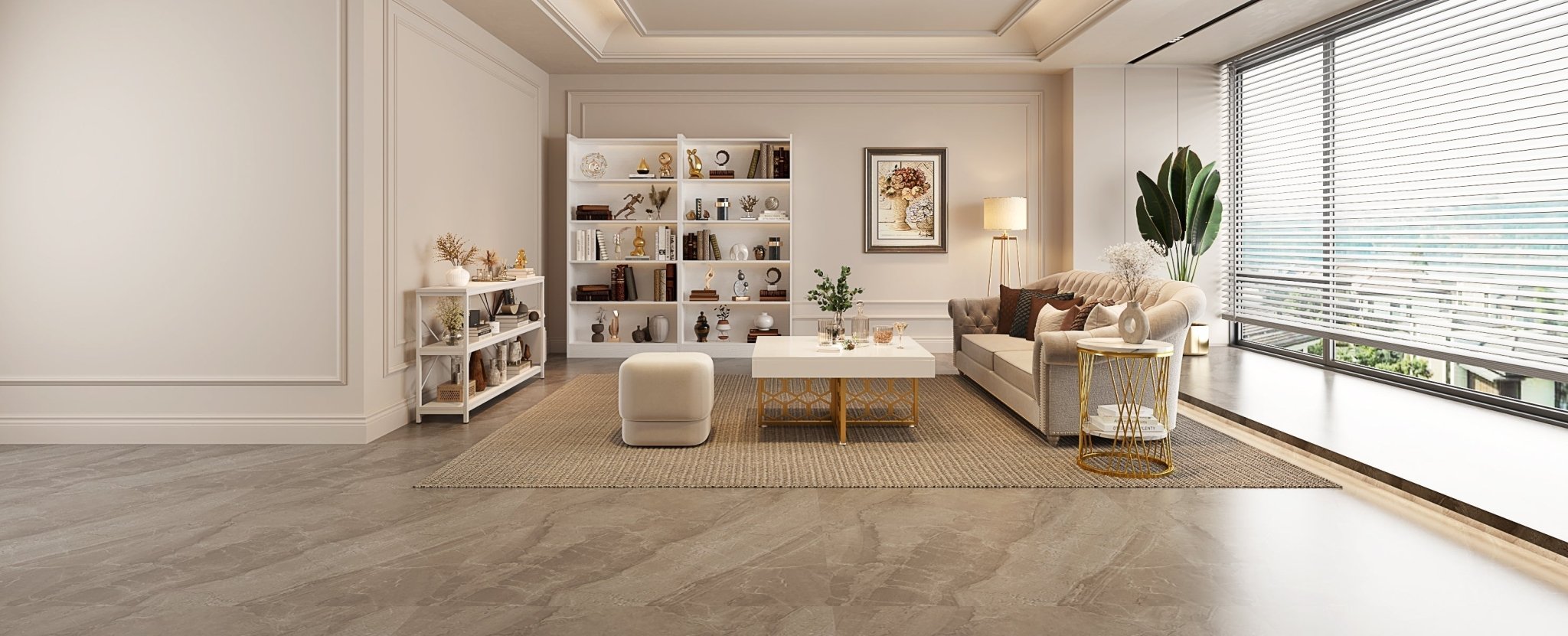Console tables are the secret heroes of home decor. Whether you're trying to elevate your entryway, make use of a narrow hallway, or add a stylish touch to your living room, a console table can be the perfect solution. But with so many options, sizes, and styles, it’s natural to have questions.
In this guide, we answer the top 10 most frequently asked questions about console tables—so you can choose the right one for your space with confidence.
Table of Contents
- What Are the Standard Dimensions of a Console Table?
- Where Should You Place a Console Table?
- What's the Difference Between a Console Table, Side Table, and Sofa Table?
- Do You Need a Console Table With Drawers?
- Are Console Tables Suitable for Small Spaces?
- How Should You Style a Console Table?
- Which Console Table Material Is Right for Me?
- How Much Weight Can a Console Table Hold?
- Can a Console Table Be Used as a Desk or Vanity?
- How Do I Choose the Right Style for My Space?
1. What Are the Standard Dimensions of a Console Table?
Console tables are designed to be slim and space-efficient. The typical dimensions are:
- Height: 28–32 inches (71–81 cm)
- Depth: 12–18 inches (30–45 cm)
- Width: 36–60 inches (91–152 cm)
These shallow dimensions make them ideal for tight spots like hallways and entryways.
2. Where Should You Place a Console Table?
The console table is very flexible in placement, you can place it in the following positions:
- Entryways: Perfect for creating a welcoming first impression.
- Hallways: Adds functionality and breaks up empty wall space.
- Behind a sofa: Great for displaying decor or lamps.
- Under a window: Ideal for plants or decor items.
3. What's the Difference Between a Console Table, Side Table, and Sofa Table?
A console table is a narrow, tall table often placed in entryways, hallways, or behind sofas. It’s designed for decorative use and light storage, perfect for displaying décor, holding keys, or anchoring a mirror or artwork.
The sideboard (also called a buffet) is a storage-focused piece usually found in dining rooms. It’s wider and bulkier than a console table, often with cabinets and drawers to store dishes, linens, or serving ware. It’s built to support heavier use and storage.
Related reading: What is the Difference Between a Sideboard and a Console Table?
Sofa tables are specifically designed to sit directly behind a sofa. It’s similar in shape to a console table but typically matches the height of the sofa back and may include shelves or drawers. It’s often used for both function and décor, like holding lamps, drinks, or remotes within arm’s reach.
In short, console tables are more versatile and decorative, sideboards are storage powerhouses for dining areas, and sofa tables are practical companions to your couch.
4. Do You Need a Console Table With Drawers?
It depends on how you plan to use it. Console tables with drawers offer added functionality, making them ideal for entryways, home offices, or living rooms where extra storage is helpful. Drawers can hold keys, mail, chargers, or other small items you want to keep out of sight but within easy reach.
If you’re primarily using the table for decorative purposes—like displaying artwork, plants, or lighting—a drawerless design may be all you need. Drawerless console tables often have a sleeker, more minimal profile, which can work better in narrow spaces or modern interiors.
5. Are Console Tables Suitable for Small Spaces?
Absolutely! Console tables are designed for tight areas:
- Look for open-frame or glass-top designs to reduce visual bulk.
- Pair with mirrors or wall art to enhance space perception.
6. How Should You Style a Console Table?
Styling a console table is all about balance:
- Hang a mirror or artwork above for visual height.
- Layer items like candles, books, and vases.
- Add symmetry or go asymmetrical depending on your style.
- Use baskets or stools underneath for storage and aesthetics.
7. Which Console Table Material Is Right for Me?
Consider these materials:
- Wood: Timeless and sturdy.
- Metal: Great for modern or industrial looks.
- Glass: Best for light, airy spaces.
- MDF: Budget-friendly and versatile in design.
8. How Much Weight Can a Console Table Hold?
Most console tables can support 20–50 kg (44–110 lbs). Avoid placing excessively heavy items unless the table is reinforced.
9. Can a Console Table Be Used as a Desk or Vanity?
Yes, with the right features:
- At least 16–18 inches in depth
- Adequate legroom and sturdy build
Many people use console tables as temporary desks or vanity tables.
10. How Do I Choose the Right Style for My Space?
Match the console table to your room style:
- Modern: Clean lines, neutral colors, chrome or black accents.
- Farmhouse: Distressed wood and rustic charm.
- Industrial: Metal frames and raw textures.
- Traditional: Ornate designs, rich woods, elegant finishes.
Final Thoughts
Console tables are more than just decorative surfaces—they're functional, versatile, and full of design potential. Whether you need extra storage, a stylish focal point, or a makeshift desk, there's a console table out there for you.
👉 Ready to find your perfect fit? Browse our favorite console table picks or explore more home decor tips now.
Continue reading: What is the Point of a Console Table?




